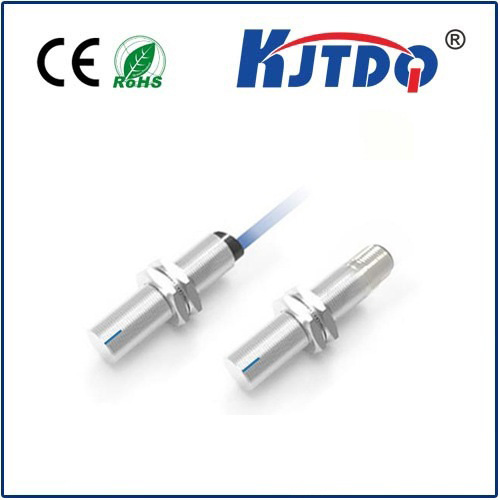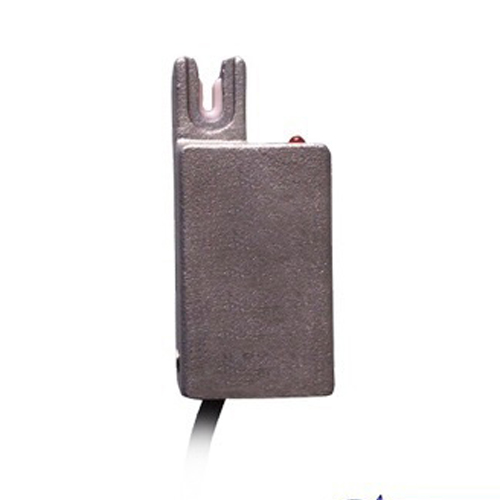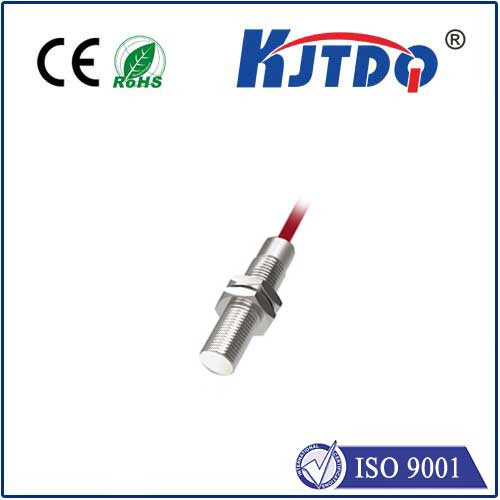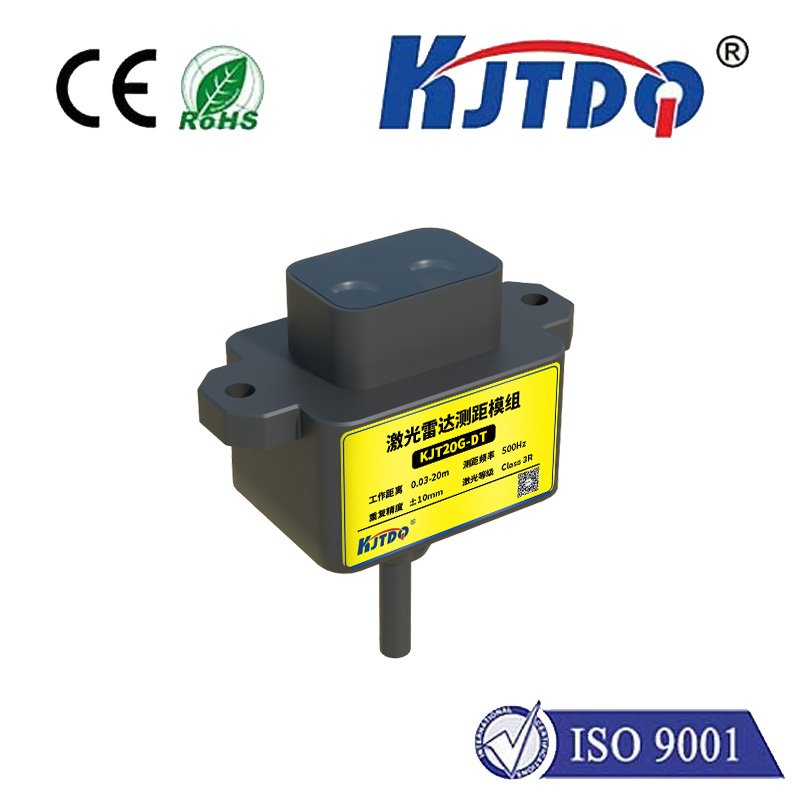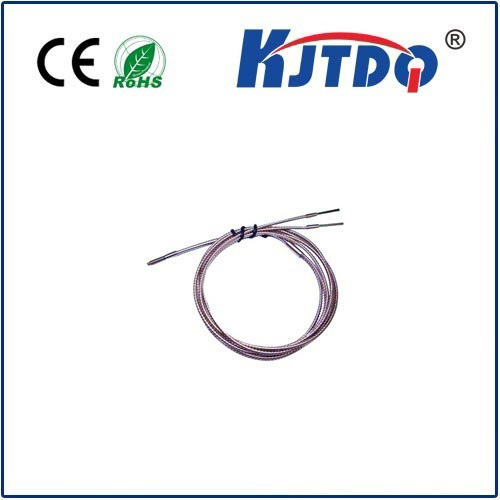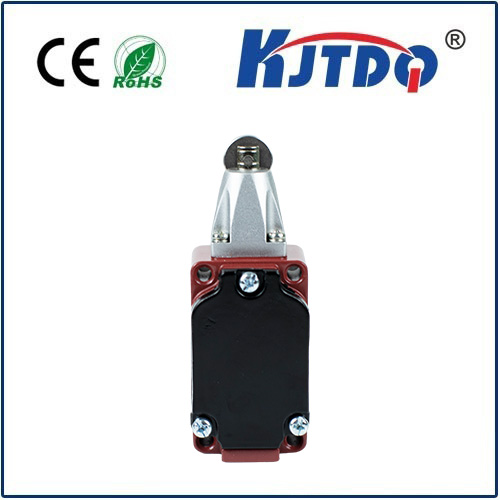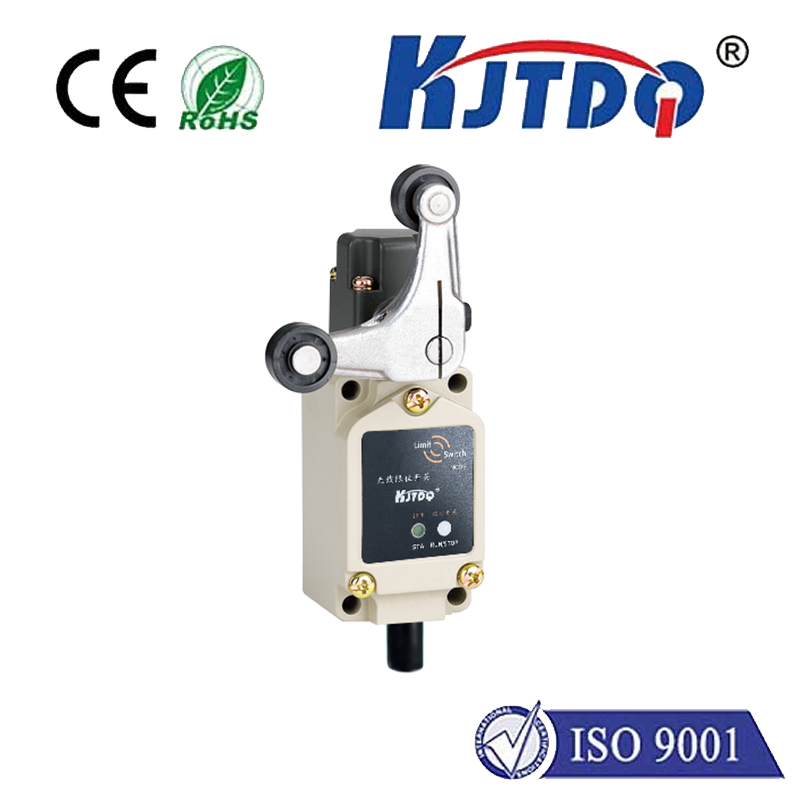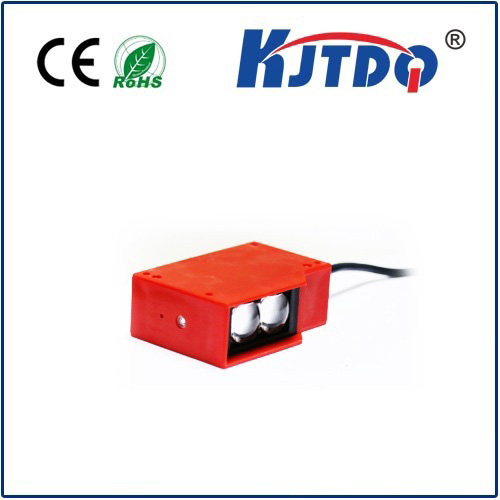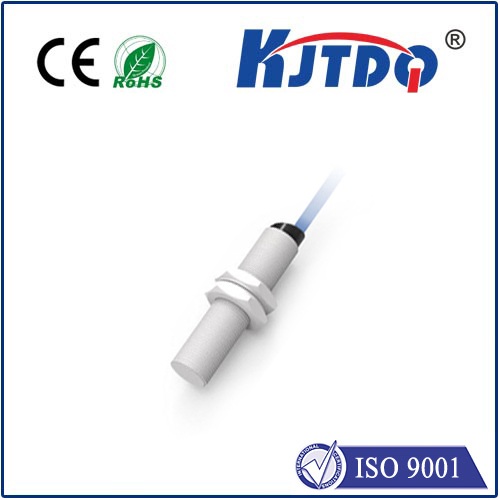grain temperature probe
- time:2025-08-22 00:16:22
- Click:0
Grain Temperature Probes: Your Essential Tool for Preventing Costly Crop Loss
Imagine this: months of hard work cultivating a bountiful harvest, carefully stored in your grain bin. Weeks later, you open it expecting quality grain, only to be hit with the sickening smell of spoilage and pockets of hot, mouldy crop. This devastating scenario, leading to significant financial losses and potential safety hazards, is tragically common. But it’s largely preventable. Enter the unsung hero of modern grain storage: the grain temperature probe. This critical tool is the frontline defense in the constant battle to preserve grain quality and maximize your storage investment.
Grain, whether it’s corn, wheat, soybeans, rice, or any cereal, is a living, breathing commodity even after harvest. Respiration, insect activity, and most dangerously, the growth of moulds and fungi, continue within a stored mass. These biological processes generate heat. Crucially, heat and moisture are intrinsically linked. Warm spots within the grain mass often signal elevated moisture levels, creating ideal microclimates for spoilage to rapidly escalate. Left undetected, these “hotspots” can spread, degrading nutritional value, causing mould, promoting insect infestation, and even leading to dangerous spontaneous combustion under extreme conditions.
This is precisely where an effective grain temperature monitoring system becomes indispensable. Grain temperature probes are specialized sensors designed to be strategically inserted deep within the grain mass to provide accurate, real-time readings of the internal temperature profile. Unlike simply checking the outside surface or ambient air temperature inside the bin, probes give you vital insights into what’s happening in the heart of your stored grain, where problems begin.
Why Monitor Grain Temperature?

The benefits extend far beyond simply avoiding spoilage:
- Early Hotspot Detection: This is the primary function. Probes quickly identify areas where temperatures are rising abnormally, signalling potential trouble from moisture migration, mould growth, or insect activity long before visible signs appear.
- Guided Aeration Management: Grain aeration (moving ambient air through the grain mass) is the key management tool for maintaining uniform temperature and moisture. Temperature probe data directly informs aeration strategy – telling you when to run fans, for how long, and potentially even in which direction (for reversible systems) to cool problem areas effectively. Running fans blindly is inefficient and costly.
- Preserving Quality & Market Value: Consistent, cool temperatures slow down respiration, inhibit mould and insect development, and help maintain critical grain characteristics like test weight, oil content (for oilseeds), germination rates (for seed), and overall appearance. This directly translates to higher market value and fewer discounts or rejections.
- Enhanced Safety: By preventing the development of extreme hotspots, temperature probes significantly reduce the risk of grain spoilage reaching temperatures where spontaneous combustion becomes a genuine fire hazard.
- Data-Driven Decisions & Long-Term Insights: Modern grain storage monitoring systems log historical temperature data. This allows managers to track trends, assess the effectiveness of management practices over time, compare storage conditions across bins or seasons, and make proactive decisions based on evidence.
Types of Grain Temperature Probes & Systems
Understanding the options is crucial for selecting the right temperature monitoring system:
- Manual Probe Systems: These consist of individual, portable probe cables with sensors at fixed intervals (e.g., every meter or 3 feet). An operator physically inserts the probe down a designated tube in the grain mass to take readings at different depths. Advantages: Lower initial cost, simple technology. Disadvantages: Labour-intensive, time-consuming, only provides a snapshot (not continuous monitoring), difficult to access the entire bin thoroughly without many access points, safety risk involved in climbing bins frequently.
- Fixed Cable Systems: Permanent sensor cables are installed vertically within the bin before filling. Each cable contains multiple sensors along its length. Cables are connected to a central monitoring unit outside the bin. Advantages: Enables continuous grain temperature monitoring, provides a comprehensive profile across depths and locations within the bin, remote access to data (often via display unit or software), safer (no need for frequent bin entry). Disadvantages: Higher initial installation cost, commitment to specific cable locations.
- Wireless Sensor Networks (Emerging): Individual, battery-powered sensor nodes are placed within the grain mass during filling. They communicate wirelessly to a central hub, transmitting temperature data. Advantages: Extremely flexible sensor placement, quick initial setup per bin fill, potential for very granular data. Disadvantages: Higher cost per sensor point, battery life management, potential signal reliability challenges through dense grain.
Implementing an Effective Grain Temperature Probe Strategy
Simply installing probes isn’t enough. Effective grain temperature monitoring requires a strategy:
- Number & Placement: Adequate coverage is key. Probes should be placed strategically to detect problems arising from walls, centers, tops, and bottoms of bins, which are common trouble spots. Follow manufacturer recommendations and consider bin size and shape – a single probe in the center is rarely sufficient.
- Regular Reading & Interpretation: Whether manual or automated, data needs to be checked frequently (especially during critical periods like harvest cooling or warm weather). Understand what constitutes a normal temperature range for your grain and the ambient conditions. Look for trends and differentials (>10-15°F difference between probe points is often a red flag).
- Integration with Management: Probe data must directly inform actions – primarily aeration. Develop protocols for responding to rising temperatures or growing differentials.
- Calibration & Maintenance: Periodically check probe accuracy. Ensure cables are undamaged and connections are secure. Protect central monitoring units from the elements.
The ROI of Proactive Monitoring
Investing in a comprehensive grain temperature probe system is an investment in protecting your harvest’s value. While there’s an upfront cost (higher for fixed systems), the potential savings are substantial:
- Dramatically reducing or eliminating costly spoilage losses.
- Optimizing aeration fan run-time, saving on electricity costs.
- Maintaining premium grain quality for better market prices.
- Preventing catastrophic losses due to fire.
- Reducing labour costs associated with manual checks and potential salvage operations.
For any grain farmer, elevator operator, or commercial storage facility, neglecting grain temperature monitoring is a significant risk. Grain temperature probes provide the essential data needed to make informed, timely management decisions that safeguard quality, ensure safety, and protect your bottom line. It transforms grain storage from a passive holding operation into an actively managed preservation strategy. Don’t wait for the smell of spoilage to tell you something’s wrong; let your temperature probes provide the early warning that saves your crop.






